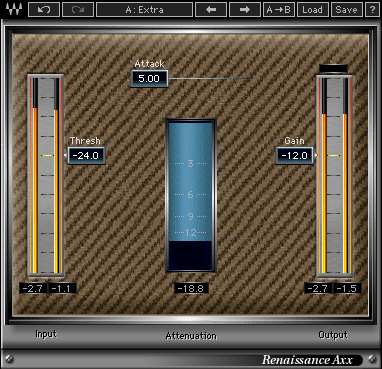
Quick Thought: In the Mix
I think I’ve talked a little about this before, but even if I have it bears mentioning again. Solo’ing inputs up can be a great tool for mixing, but it can also become an addictive crutch if you’re not careful. It can be great for checking things, but it’s easy to develop habits where you rely on it way too much. I know I’ve been trying to cut back on solo’ing things for several years now.
The problem with overusing the solo button is you lose the context of the mix. This makes it very easy to go down long rabbit trails dialing in things that don’t end up making sense within the context of the mix which just leads to more work down the line. The more work you can do in context, I think the better off you’ll be.
So here are a couple of loose rules-of-thumb–actually, let’s not call them rules because there are no rules. These are a couple of loose guidelines I use for dialing things in using the solo button.
Example: When I’m working on vocals, I often solo them up while I’m cleaning them up fixing proximity effect issues, weird resonances, etc. Sometimes it’s just part of the live sound territory to need to clean things up a bit, and I find it’s often easier for me to zero-in on what I want to get rid of when I’m solo’ing something.
Example: We did a song a few weeks back where our lead guitar player had this palm-muted, 16th note thing he was playing during the verses of a song. It sounded really cool and drove the song forward, but I kept losing it in the mix and found myself chasing the guitar to keep it sitting right over the course of the entire song.
When I’m chasing something’s level more than I should, that’s often a good indicator to me that something might need a bit o’ compression. So I inserted a compressor and started dialing it in with the entire mix going until the guitar stood up a bit and asserted itself properly. If I had done this while solo’ing the guitar, it would have been hard to gauge how much compression I actually needed within the mix which could have led to over- or under-cooking things. I generally try and use as little compression as possible on electric guitars because they come out of the box compressed, and this method ensured I added the right amount to work in the mix.
Once again, these are just a couple guidelines. They’re not hard rules for me which means I do break them at times. There are times I solo things or solo groups of things while I’m mixing, and in most of those cases there are specific things I’m listening for to happen.
My advice, though, is if you’ve picked up a solo’ing addiction, work as hard as you can to break out of it. Solo’ing has a place, but just make sure you’re not losing the overall context of things in the process.


 Previous Post
Previous Post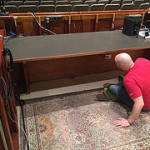 Next Post
Next Post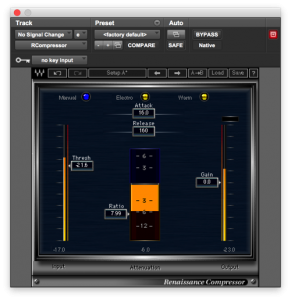
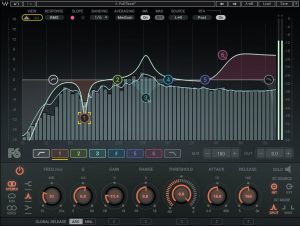
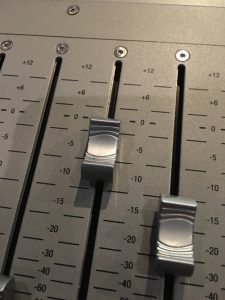
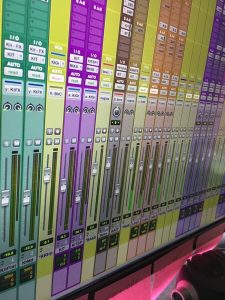



Same line of thought…… I use 4 groups when mixing and when checking different inputs I lower the groups that input is not part of. An example would be if I’m working on a guitar I would lower the volume of the non guitar groups a few db. Another thing I prefer doing when checking drums is to have all the drum faders up. So much of the drum texture is in the overheads. I also have the drummer play the full kit when working on individual drum channels. It’s how it sounds as a whole and in the mix that matters. That snare might sound great but when you add the Hi-Hats it affects the snare mic sound…… As you said using solo can take you on rabbit trails.